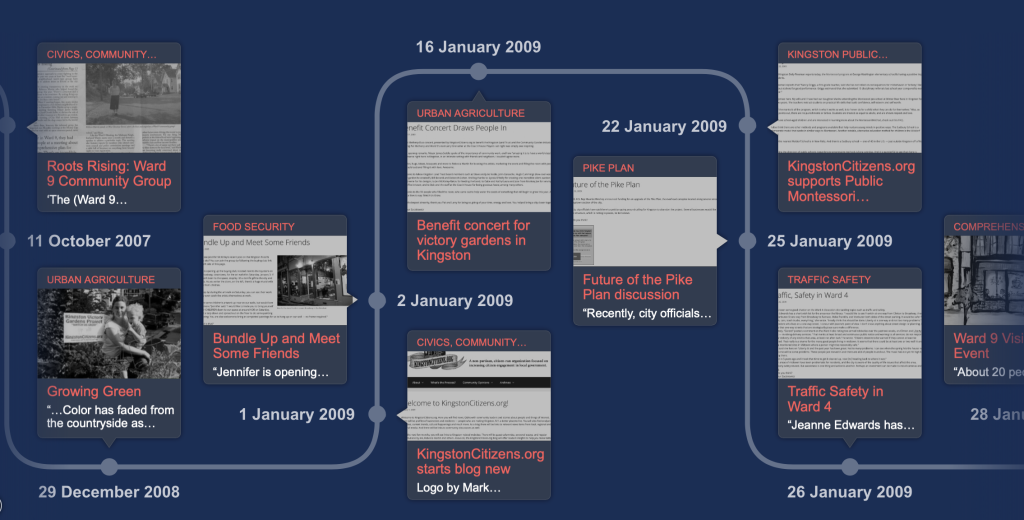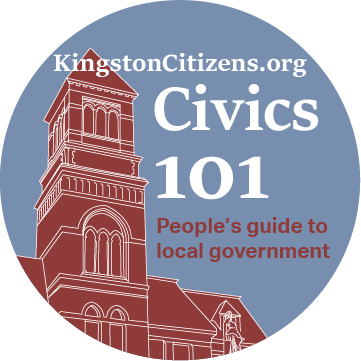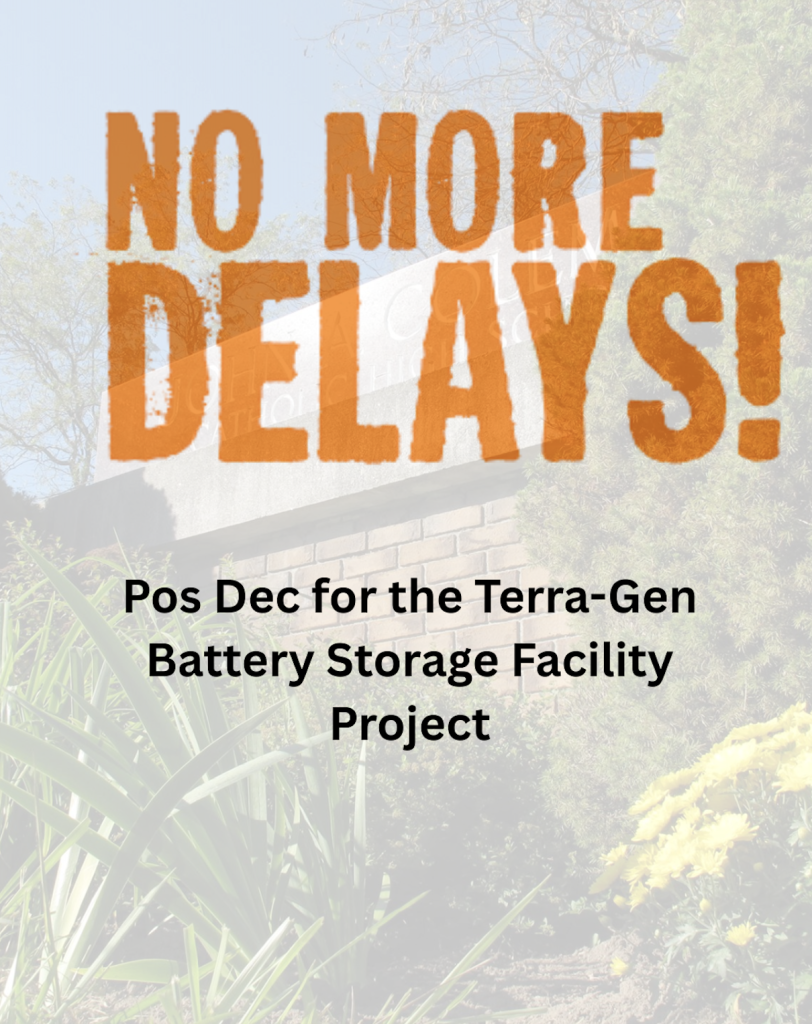
By Group Editorial
This summer marks 50 years since Kingston’s Stockade Historic District was added to the National Register of Historic Places. Recognized for its rare “cross strata” of 18th, 19th, and 20th-century architecture, the Stockade tells the story of a city that has evolved over centuries. A year before that federal recognition, Kingston took action to preserve its legacy locally, establishing both the Stockade Area and the West Strand as the city’s first historic districts. These protections came in direct response to the devastating loss of the Rondout neighborhood during urban renewal.
But historic designation is not about freezing a neighborhood in time. Preservation is about moderating change so that the story of a place can continue to evolve without losing the qualities that make it special. Kingston’s Historic Landmarks Preservation Commission (HLPC) is charged with moderating that change. Unlike half a century ago, there are well-established national standards, procedures, and resources in place to support its work and findings.
So what exactly are we preserving through designation? The preservation debate today is rarely about whether a whole neighborhood or even a single building should remain in place. It’s instead about preserving the definition of a historic place in terms of the quality of its image, or the degree of pixelation. Take, for example, the Sleight-Tappen House on Green Street, owned by the Daughters of the American Revolution since 1907 (and that we’ve been reporting on recently). What value does an 18th-century stone house still hold if it’s stripped of its historic windows and its openings filled with 32 generic mass-manufactured inserts?
This isn’t simply a design issue. It’s a choice between doable, authentic preservation and initiating a cycle of costly, short-lived replacements that future generations will inherit.
But as we work to preserve our built environment, we also have to protect the integrity of the laws that make it possible—not just preservation law, but the full legal framework that upholds fairness, accountability, and public trust.
The HLPC held seven hearings over three years and ultimately ruled that the historic windows at the Sleight-Tappen House—many dating to the 1800s, possibly even earlier—could be repaired. That decision reflects not just sound preservation values, but a clear, consistent application of the law. And thanks to our region’s network of restoration experts, this path is both practical and cost-effective.
Preservation is also an economic driver. It stimulates commercial development, draws tourism, sustains skilled trades, and stabilizes property values. Kingston’s identity as a historic city isn’t branding—it’s a civic asset. But that identity depends on following through when the laws we’ve put in place are challenged.
The current case surrounding the DAR House isn’t just about windows. It involves unpermitted work, a city-issued stop-work order, and a court petition by the DAR to retroactively legalize construction.
Despite a court-imposed deadline of August 22 to respond, the City of Kingston’s Corporation Counsel (and chair of the Ulster County Democratic Committee), Barbara Graves-Poller, has refused to act. She has informed the Common Council that her office lacks the resources and doubts the city’s chances of success. The refusal comes despite the Council’s unanimous written request, submitted on August 14, urging the City to take legal action to defend Kingston’s laws. (**)
Meanwhile, the DAR and its contractor have resumed work, despite the stop-work order still being in effect. Over the weekend of August 16–17, eight more window openings were covered in black plastic, suggesting more removals. The Building Safety Division was again alerted.
Taped to the front door, just beneath the official stop-work notice, was a copy of Judge Graff’s signed Order to Show Cause, which the DAR and their attorney wrongly interpreted as permission to continue work. That misreading misled not only them but some in the community.
On August 19, Judge Graff issued a direct clarification:
“To clear up the apparent ambiguity, this Court’s July 28, 2025 Order to Show Cause does not include a temporary restraining order. Accordingly, and to clarify, the stop-work order is not held in abeyance. Pending further order of this Court, the stop-work order remains in effect, and any work currently underway should be ceased pending determination of the pending proceeding and/or further order of this Court…”
In other words, the DAR, their legal team, and those who backed their interpretation were wrong. The stop-work order remains fully in effect. Any continued construction is illegal.
While the Friends of Historic Kingston, through attorney Sean Denvir, have stepped up to intervene and seek clarification, the City’s own legal department has stayed silent.
Although charter reform is under discussion, that process could take years. In light of this situation, the Common Council might have a more immediate option: to pass a local law authorizing the hiring of its own attorney and clerk. Even if the positions can’t be funded this year, establishing the legal authority to appoint independent staff is the most urgent and effective step the Council can take to uphold Kingston’s laws, protect the public interest, and ensure accountability.
** Added on Thursday, August 21: From KingstonCitizens.org: The petition was filed on July 25, and the Order to Show Cause was issued on July 28. As of now, the city has not responded. The deadline to do so is this Friday. Comments regarding Barbara Graves-Poller was shared through several sources in response to ongoing questions about whether the city intends to act. If there’s a plan in place — or if Corporation Counsel has a different explanation — the city should issue a statement.

















